If China Were to Attack India: Why it won’t be Like 1962
Sat, 16 Oct 2021 | Reading Time: 4 minutes
In 1964, a film was released ‘Haqeeqat’ that gave us painful glimpses of tragic war fought on the cold-barren ranges of the Himalayas between India and China in the year 1962. The high mountain passes buried in snow describes the tales of courage and bravery and glory belong to those who gave their lives for the service of their nation. Thus, to avoid a similar situation India has been upgrading its existing systems in all its three branches- the Army, Navy and Air Force replacing the existing system with the most modern technological devices and boosting cyber warfare capabilities.
After 58 years of war, this paper will try to examine all the nuances and possibilities of a conflict between India and China following the standoff on the boundary line between the two big powers of Asia and how India would respond in several situations, whether it would just be a territorial conflict left to the armies or it would involve the Air Force, as was not in the case of 1962 and whether the Indian Navy would respond as a part of larger strategic design in the Indian Ocean. Most importantly, this paper will try to examine that why a conflict between India and China won’t be like in 1962.
Firstly, China made the incursion on 15 June 2020 under the impression that the world’s attention would be so divided with the Covid-19 menace that nobody would come to India’s support. Secondly, Beijing’s military initiatives were also based on certain confidence that it had picked up over the years, assuming that whatever ‘salami slice’ or territorial incursions that it would incur, India would only make diplomatic noises and will put its forces on alert, but there would be very little coming out from New Delhi in terms of assertive responses that would limit China’s options.
This time, to China’s surprise the assertiveness has been very high. India’s response made China a bit stumped due to two factors. Firstly, the Indian military response was so aggressive which China had never anticipated. Secondly, the Indian Army units this time were not willing to be pushed around, and though they were not instructed from Delhi to use weapons, every battalion of the Indian Army has a Ghatak platoon, quite literally translated, it means lethal who are trained to kill without weapons. The boys of the Indian Army along with Colonel Santosh Babu went out and avenged the death of Indian soldiers, many of whom were not just clubbed to death, but pushed into the freezing Galwan river.
Another important major aspect of today is that the Indian Army is very highly trained, a hardened professional force that has been battling on the Line of Control with Pakistan for decades. It has fought the best terrorist outfit of Pakistan for decades, having high altitude experience of the highest battlefield in the world, the Siachen glacier. Quite clearly, Leh, Ladakh and adjoining areas on the LAC are home territory to our troops, unlike many Chinese troops who are moved in rapidly from the Tibetan plateau. The third big advantage that Indian troops have is that they have to put in a smaller number of troops against China, which has to put five or six times the number of troops at every location to push our soldiers off. So classically, the equation stands out like 7-9 Indian divisions= 45-55 Chinese divisions, both in the LAC and along the McMahon Line.
Considering the air defence, the Indian Air Force is battle-hardened and a very highly trained air force and on the contrary the Chinese Air Force rarely does an exercise with other international friends. The other aspect is also that China has to fly its aircraft from the high Tibetan Plateau, which means that the aircraft’s ability to take off with full load would be brought down by 40-50%. On the other hand, our aircraft will be flying from all airbases along the planes whether it is Jammu or Bareilly and, therefore we can fly with full payload and have much greater range.
Now comes the naval aspect, could India use its navy? Considerably, India should use its navy first, because if the Indian Navy blocks Chinese ships coming in from the Gulf area, Singapore and other places, China will get short of fuel, it’ll be short of economic aid and materials, also the Indian Navy is working closely with the American Navy. The US in the past said that ‘India’s naval capabilities are up to NATO standards.’ One needs to understand the two factors:
(1) One is the enormous missile capability that India has recently projected. It has done 12 tests in rapid succession of 12 different top-notch missiles. We have the Brahmos, which has been a nightmare for China for years. It has an accuracy of 293km spot on to a target. India has now come up with naval variants of Brahmos missile, as well as the new standoff distance anti-tank missiles that mean helicopters can fire these missiles from a height of about 8 to 10 kilometres away and no anti-tank aircraft system can take them off the skyline.
(2) The other missile system that is lethal is the Prithvi and Agni missiles. It is not that China doesn’t have missile systems, but the question that China has to ask itself is a few or more kilometres of territory worth escalating the situation.
Considering all these situations the question which at last arises is that is Beijing now going to resort to force build-up and unrestricted warfare approach, which means launching cyber-attacks on India’s businesses and the economy and try influencing public opinion through massive propaganda? This is a question that needs a separate discussion. But as of now, the people who ask this question that how India will respond to China in the event of any military escalation, the answer is simple China will learn a hard lesson, that India is not like 1962.
Disclaimer
The opinions expressed in this article are the author’s own and do not reflect the views of Chanakya Forum. All information provided in this article including timeliness, completeness, accuracy, suitability or validity of information referenced therein, is the sole responsibility of the author. www.chanakyaforum.com does not assume any responsibility for the same.
Chanakya Forum is now on . Click here to join our channel (@ChanakyaForum) and stay updated with the latest headlines and articles.
Important
We work round the clock to bring you the finest articles and updates from around the world. There is a team that works tirelessly to ensure that you have a seamless reading experience. But all this costs money. Please support us so that we keep doing what we do best. Happy Reading
Support Us







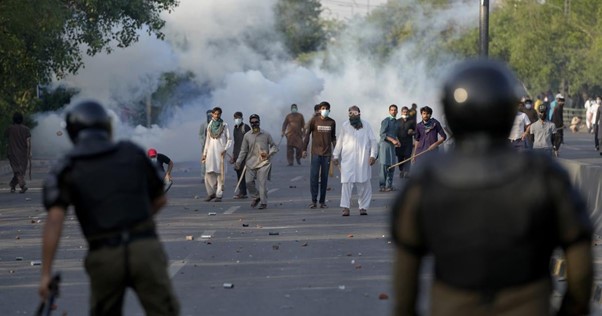

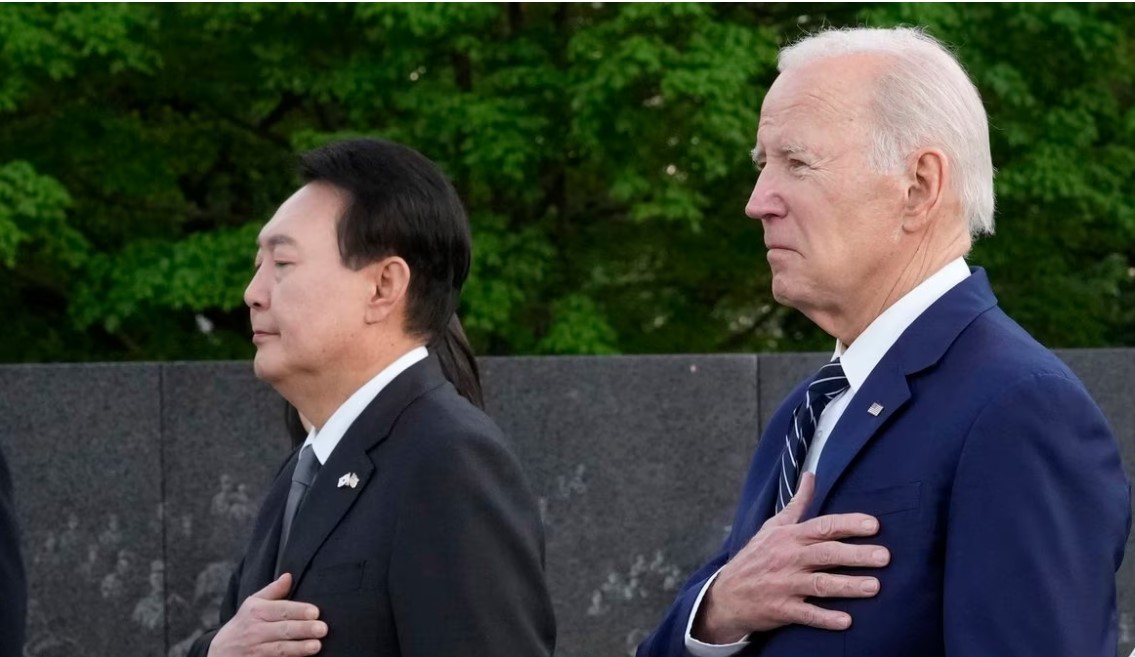

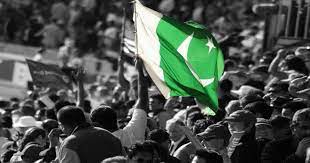
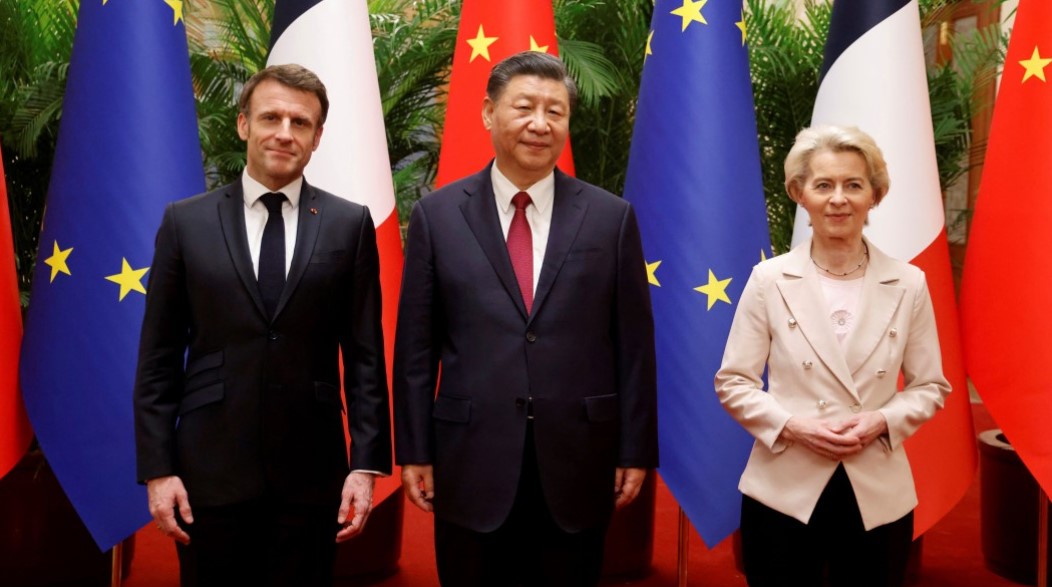
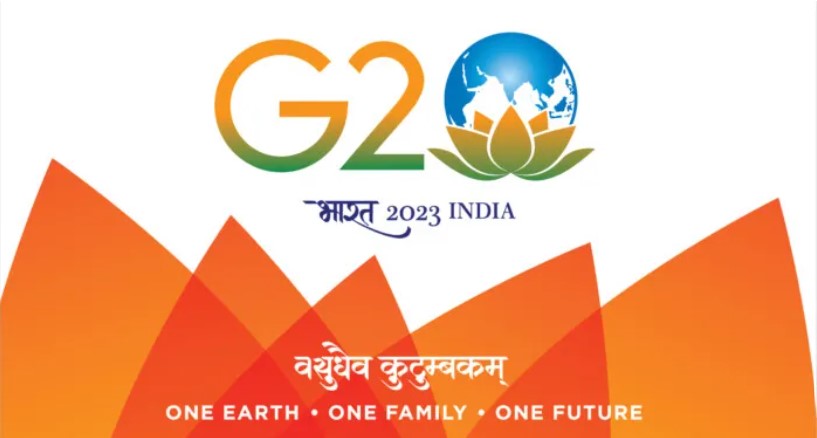






POST COMMENTS (0)